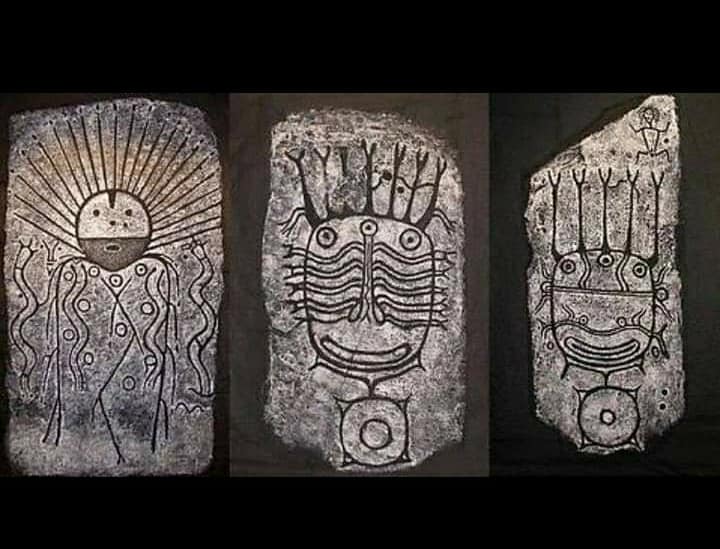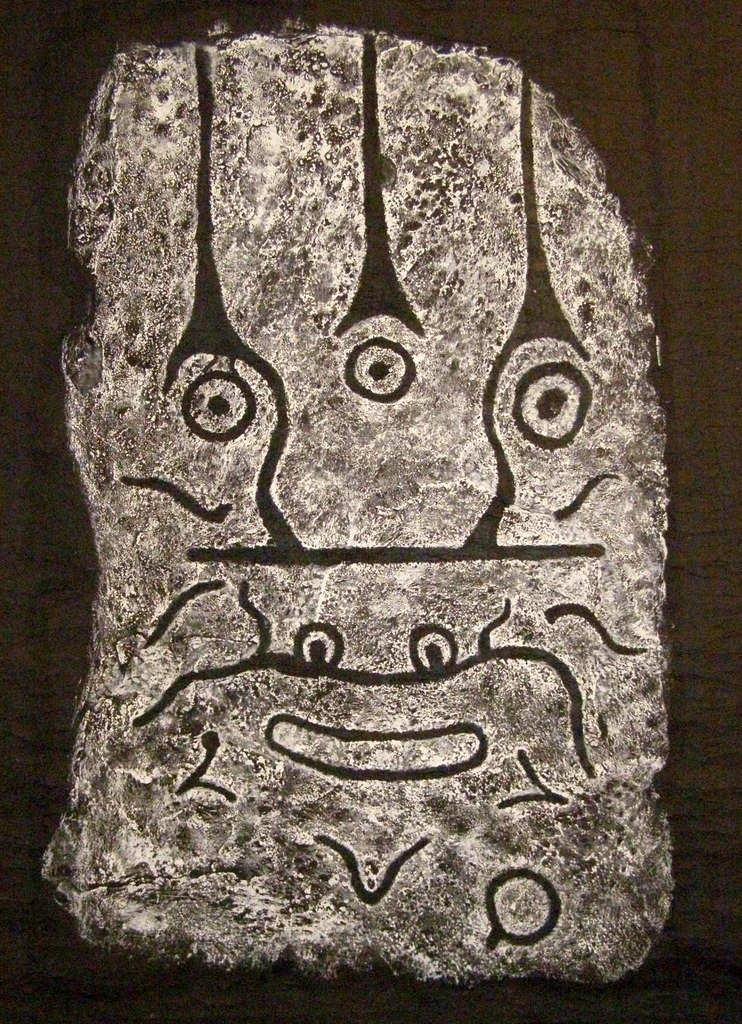The Okunev people, a prominent archaeological culture in southern Siberia during the early Bronze Age, left behind enigmatic traces through their unique rock art and burial customs. This culture not only reflects their nomadic lifestyle but also reveals deep spiritual beliefs and a profound worldview.
Who Were the Okunev People?
The Okunev culture flourished from the late 3rd millennium BCE to the early 2nd millennium BCE. They inhabited the Minusinsk Basin, primarily along the middle and upper reaches of the Yenisei River. The Okunev people are believed to have descended from or been closely connected to the Neolithic Taiga forest cultures of Siberia.
Primarily nomadic pastoralists, the Okunev people adapted their lifestyle to the harsh natural environment, which significantly influenced their art and belief systems.
Rock Art – A Mirror of Spiritual Beliefs
Rock art is one of the most striking legacies of the Okunev culture. These carvings are not merely artistic creations but gateways to understanding their spiritual world.
Themes in Rock Art
- Anthropomorphic and Deific Figures
Many carvings depict human-like figures with monstrous or animalistic features. These are thought to represent Okunev deities, potentially linked to lunar cycles and the transitions between the worlds of the living and the dead. - Celestial and Natural Motifs
The Okunev people often depicted celestial elements such as the sun and moon, along with animals, reflecting their close connection to nature and the cosmos.
Spiritual Significance
These carvings served as more than decoration; they reflected a sophisticated symbolic system. The images reveal beliefs in gods, cycles of life and death, and transformative processes, indicating a deep and complex worldview.

Burial Customs – A Gateway to the Afterlife
Stone Box Graves
The Okunev people constructed stone box graves using slabs of sandstone or similar materials, placed vertically in the ground. The covers of these graves often featured carvings, which depicted grotesque figures thought to represent guiding spirits or deities associated with the journey to the afterlife.
Connection to Lunar Beliefs
The carvings on these grave covers often align with lunar cycles and transformation symbols. This suggests that the Okunev people believed the soul embarked on a supernatural journey to another world after death.
Historical and Cultural Significance
The art and customs of the Okunev people are not only evidence of a developed culture but also carry important historical and anthropological value:
- A Cultural Crossroads
The Okunev people are seen as a link between ancient Taiga forest cultures and later nomadic societies, blending naturalistic spirituality with organized social practices. - A Model of Resilience
Living in a harsh environment, the Okunev people showcased remarkable creativity in their art and beliefs, fostering communal and spiritual cohesion.

Lessons from the Okunev People Today
The legacy of the Okunev people reminds us of the importance of balancing humanity’s relationship with nature. Their rock art and burial practices are not just remnants of an ancient culture but also lessons on how early communities understood and adapted to the world around them.
Studying the Okunev culture expands our understanding of the past and provides enduring insights into building harmonious relationships with nature and spirituality.
